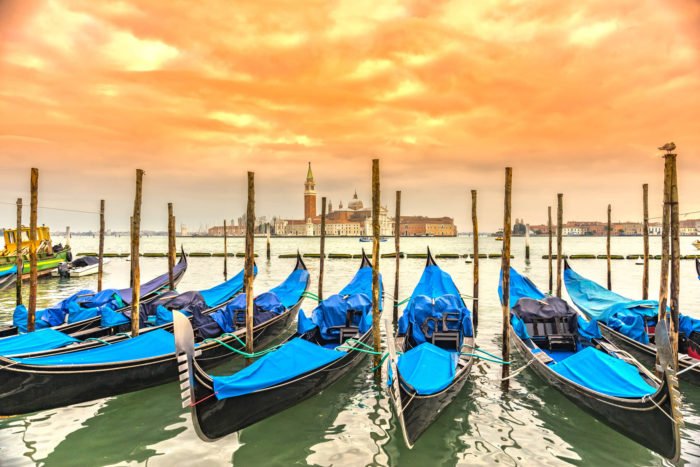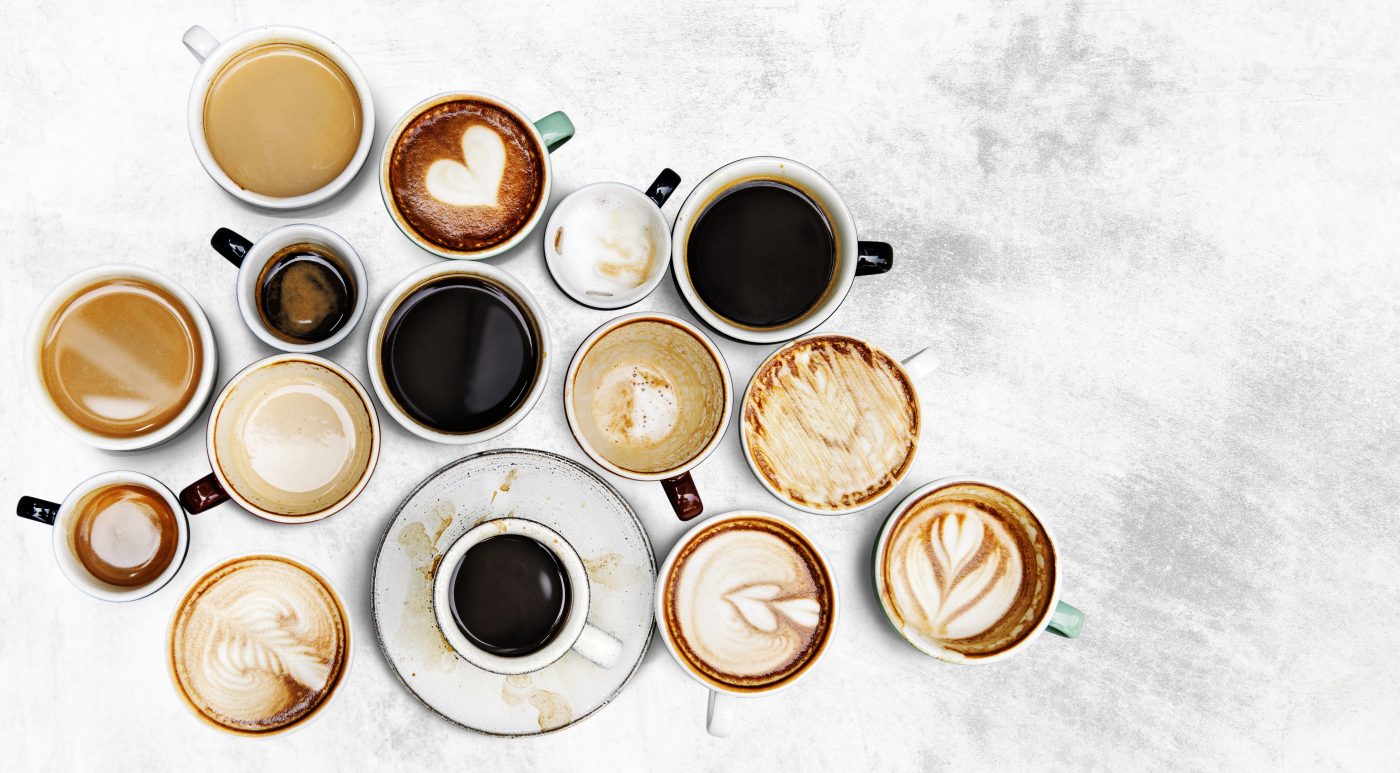Coffee and Italy have always belonged together. Long before the first coffee houses opened in Vienna after the Turks withdrew, Café Florian attracted writers and aristocrats in Venice and set the starting point for the successful triumph of coffee.
The delicious hot drink was initially widespread in the circles of the nobility, but later it conquered all social classes and soon became an integral part of everyday life in Italy. But how did coffee actually come to Italy and why was it so successful? Our little foray into Italy’s history and traditions explains why Italy can be called the country of coffee.
The Arrival Of The Coffee
After the Venetian physician Prospero Alpini got to know the coffee plant on a short trip to North Africa and described it in his “De plantis aegypty”, his students probably brought the first coffee beans to Europe in 1570.
The aromatic hot drink quickly became popular among European nobility and in 1624 the first large shiploads landed in Venice. Coffee first made its way to Europe from the Yemeni port of Al Maqwa on the Red Sea. The drink soon became a valuable gift among aristocrats, considered a symbol of love or friendship.
Coffee in Venice

In wealthy Venice, the drink could also be enjoyed in public places and, from 1720, in the oldest coffee house in Europe. To this day, the noble drink is offered in the Caffè Florian on the Piazza San Marco. But even when it was founded, it enjoyed great popularity and attracted famous people, artists, and writers.
The coffeehouse culture, therefore, spread rapidly across the entire Italian peninsula. Coffee houses were also founded in other cities and thus created meeting places of great fame. They were Caffè Greco in Rome, Caffè Pedrocchi in Padua and Caffè San Carlo in Turin.
Coffee Becomes The Favorite Of Italians
The expensive coffee powder was initially reserved for the upper class, but gradually it also began to conquer all classes. After the “Caffettiera Napoletana” was invented in 1961 and coffee could be prepared at home, coffee in Italy was freed from the reputation of being an aristocratic drink. Coffee drinking then not only spread across all social classes but became a daily habit for many Italians. This tradition continues to this day.
Naples - The City And Its Coffee

Even if the first coffee in Venice landed on Italian soil, Naples is the city in Italy that to this day identifies itself most with coffee. The delicious drink seems to fit perfectly with the lifestyle of southern Italians and has left its mark on everyday life. In Naples, for example, there are not only numerous songs about the hot drink, but also a particularly beautiful tradition:
Since people in the city of Vesuvius think that enjoying coffee should be open to everyone, well-to-do citizens pay for a “caffè sospeso” in addition to their espresso. i.e. a “saved” coffee waiting for someone who cannot afford one. This custom can be traced back to the deeply rooted culture that has long associated the Neapolitans with coffee.
It was the nobility who brought coffee to Naples and soon after the wife of the Austrian King Ferdinand, Maria Karolina, drank the hot drink in the theater for the first time, they built the city’s first coffee house. But it wasn’t long before coffee became established in the working class and everyday life without it became unimaginable.
It was also the working class who prepared the first coffee at home and thus invented mocha. To do this, they used a device invented in Naples in 1961, with which one could prepare three to four cups of coffee from four to five grams of finely ground coffee and pure water. The famous “Caffettiera Napoletana” soon belonged in every household. It was a starting point for the ritual that a cup of aromatic coffee ended an Italian meal with.
Coffee Houses In Naples
In the traditional city in southern Italy, you can still find many relics from the time of the posh coffee houses with their high ceilings and elegant furnishings or enjoy your coffee in one of the countless bars. But the city is also the cradle of the first university entirely dedicated to coffee and its culture.
In 1999 the famous coffee company illy, originally from Trieste, opened the first “Universitá del caffè”. The training center for coffee producers, which now has 20 locations, not only researches and teaches how to get the best out of coffee cultivation, but also teaches everything about the roasting and preparation of the beverage. The real art in itself!
Coffee Culture In Italy

Enjoying Italian coffee is an art, even a science. Since the Italian espresso is prepared from very dark roasted beans, the master roaster requires a high level of skill. It is not for nothing that there are still many smaller, artisan roasting plants (torrefazione artigianale) in the country.
They have many years of experience and slowly roast the coffee beans to the desired result. It can also be done industrially, but here larger quantities are roasted more quickly and fewer unwanted acids are removed than with traditional long-term roasting. A problem with espresso, which is much more concentrated than filter coffee.
Even if the Italian espresso tastes much bitter and is therefore usually drunk with a lot of sugar, it contains less caffeine than filter coffee. The reason for this is the roasting, which corresponds to the darkest of the five “classic” degrees of roasting. The slow but stronger roasting produces more bitter substances, while the caffeine and acid content is reduced. This is why espresso can develop such a characteristic aroma.
Conclusion
The Italians have always combined their espresso with other ingredients and thus invented the cappuccino, the latte macchiato, and many other types of coffee.
The way Italians drink their coffee not only varies from region to region but also depends on personal preferences. In the bar you can order: “caffè lungo”, “caffè corretto”, “caffè nel vetro”, “caffè macchiato” and much more. However, if you want a cappuccino in the afternoon, you can expect skeptical looks. After all, Italians only drink cappuccino for breakfast. The meals, on the other hand, are concluded with an espresso, which can be “stained” – i.e. “macchiato” – at the highest level.







